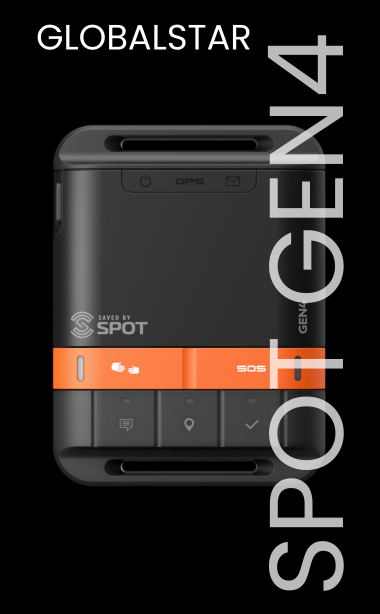You have no items in your shopping cart.
You’ve probably utilized a satellite at one point or another — even today — without realizing it. Did you check the weather? You used a satellite. Did you look something up on Google Maps? You used a satellite. Watched the big game on ESPN? Bingo, you used a satellite.
When it comes down to it, many things simply wouldn’t be possible without the help of these friendly pieces of metal floating around in space. We can guarantee you that using a sat phone from our online satellite phone store certainly wouldn’t work without...you know, a satellite.
Satellites, Satellites Everywhere!
You’re probably familiar with famous satellites such as the Hubble Space Telescope and the International Space Station, but what about other essential satellites that orbit earth multiple times on a daily basis? If you’re curious about these other satellites, then you’re in the right place.
Below, Outfitter Satellite, your total source for satellite phones for sale including Iridium, Inmarsat, and Thuraya phones, covers some interesting satellites that you may or may not be familiar with.
Landsat 7
Satellite photos are taken every single day by multiple satellites orbiting the Earth, and this one is a heavy-hitter among them. Landsat 7 helps refresh global archives of satellite photos with up-to-date, clear-resolution images that scan the Earth’s entire surface. Landsat 7 is said to collect and transmit somewhere around (or up to) about 532 high-quality images per day.
The United States Geological Survey (USGS) is managing this data and distributes it accordingly. If you’re looking for pictures of alien life forms, consider contacting the USGS, because who really knows what Landsat 7 has actually seen?
NOAA-17
To no surprise, this satellite is operated by the National Oceanic and Atmospheric Administration, and serves as a weather forecasting satellite. Most NOAA-operated weather forecasting satellites, like NOAA-17, orbit asynchronously, and complete their orbit about every 100 minutes.
Though NOAA-17 was retired back in 2013, it played a significant role in weather forecasting technology. It was equipped with then-state-of-the-art technology including High Resolution Infrared Radiation Sounder (HRIS) instruments.
Galaxy 14
The Galaxy series of satellites are considered geostationary satellites, meaning that they have the same orbital period as the Earth’s rotation period. When you turn on your satellite television (assuming that you’re not streaming something at this point), satellites like Galaxy 14 are responsible for what you see on the screen. Galaxy 14 primarily provides digital TV signals to those on the east coast, working with broadcast networks among the likes of ESPN, Lifetime, CNN, A&E, and The History Channel.
GPS IIR11
A few decades ago, the United States government launched what was known as the NAVSTAR (no, not NASCAR) program. This prompted the launch of numerous satellites designed to provide global positioning capabilities to the military, and eventually the general public.
Are you familiar with geocaching, or have you ever gone on a geocaching treasure hunt? Without satellites like GPS IIR11 and the NAVSTAR program, geocaching simply wouldn’t be possible. It also takes the help of many different satellites that are similar to GPS IIR11; this is what some would consider to be a “constellation” of satellites.
The International Space Station (ISS)
Yes, the ISS is technically what you’d consider to be a satellite, and it’s vitally important to successful space exploration. The International Space Station made history with its launch on November 20th, 1998, though only one initial module was launched into Earth’s orbit. The following weeks brought multiple node modules to connect with Zarya, the very first ISS module.
Since the late 90s, the International Space Station has grown and improved to become a completely habitable environment, and the total length of the ISS spans about the size of a football field. That’s absolutely massive, though merely microscopic when compared to the total scale of the earth.
Though one could posit that many different satellites are important, no other object in the earth’s low orbit is as integral to furthering human knowledge about space as the International Space Station. Truly, this $150 billion dollar project (and counting) is mind-boggling and among the all-time greatest milestones of human achievement.
Your Connection, No Matter Where You Are
Outfitter Satellite is your tried-and-true source to buy satellite phones online. Contact our friendly and helpful team today to get started!
 English
English











